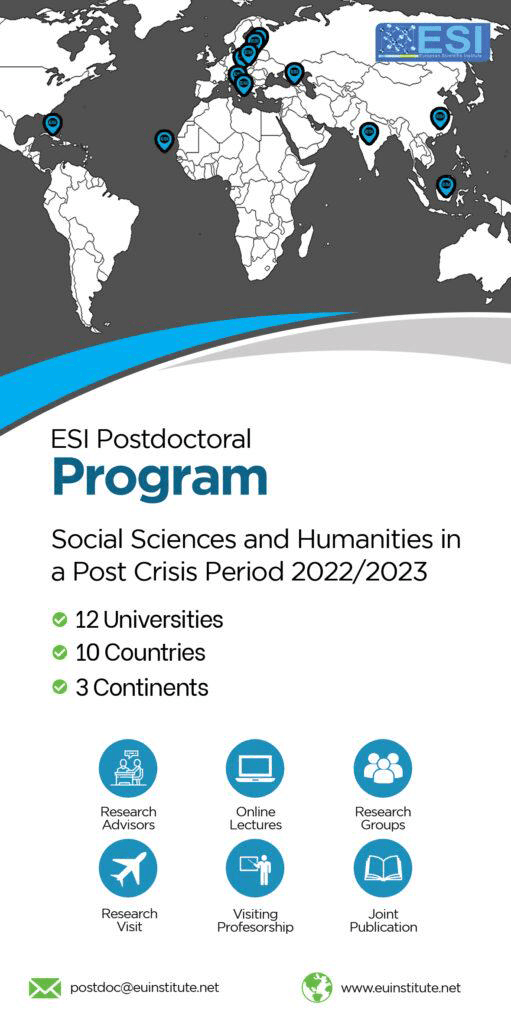Design and implementation of an experimental thermoelectric system from wood waste
Abstract
This study was carried out at Dino & Fils SA, a wood processing unit in Soa-Cameroon. The aim was to recover energy from wood waste in order to contribute to greater energy flexibility in wood processing units. Specifically, the aim was to assess the quantity of wood waste available on the site and estimate its energy potential, to design and test a system for producing electrical energy from this waste, and to estimate the contribution of this thermoelectric system to meeting the company's energy needs and the associated costs. Wood waste was characterized by taking measurements at each station on the production line, supplemented by monthly production reports and scientific data. For the month of March 2024, the plant produced 3 284 m³ of wood waste or 64% of the gross wood volume. This is equivalent to 2 766 tons for an electrical energy potential of 571 MWh; the company's monthly electricity consumption is estimated at 121 MWh. The experimental thermoelectric system set up, using the TEC1-12715 Peltier module, produced electricity with a total power of 841 W and a Seebeck coefficient of 0.04 V°C⁻¹ by burning 5 kg of sawdust for 85 minutes. On a real scale and under optimum conditions, this system would be an effective and viable solution for covering not only all the energy needs of Dino & Fils SA but also those of surrounding households and offices at a competitive cost of 48 FCFA/kWh.
Downloads
Metrics
References
2. Crehay R. et Marchal D. (2004). La filière bois-énergie. Centre wallon de Recherches agronomiques, Département Génie Rural-Valbiom, pp 58-61.
3. Donizeau Carrera (2001). Les fonds d’amortissement des charges d’électrification (FACE) pour un développement des énergies renouvelables en site non raccordé au réseau sur le territoire français. Electrification rurale décentralisée, dispositifs contractuels et financiers, IEPF et ADEME (Eds), pp 96-94.
4. EUROBSEVER (2005). Consommation d’énergie primaire provenant du bois-énergie dans les pays de l’Union européenne (en Millions de TEP), pp 21-26.
5. FAO (2015). Etat du secteur forestier au Cameroun. Organisation des nations unies pour l’alimentation et l’agriculture et de recherche forestière, 42p.
6. Gerard Manik (2004). Produire l’électricité à partir du bois sans en gaspiller une miette. Itebe-ADEME, 6p.
7. GICAM (2020). Le livre blanc de l’économie camerounaise, l’impératif industriel du Cameroun. Edition bilingue 31p.
8. Girard Pope, Pinta F. et Van De Ste-ene L. (2003). Valorisation énergétique des sous-produits de scierie. Cirad-forêt laboratoire Biomasse énergie environnement. Bois et forêts des tropiques pp 272-328.
9. Hervé Oudin (2008). Méthode des éléments finis. Engineering school, Ecole Centrale de Nantes, 65p.
10. Hung-Hsieh H. ; Meng-Pei L. ; Chien-Hao C. ; Lin-Chieh S. ; Chien-Neng L. ; Jing-Yi H. ; Huey-Lin H. (2013). Enhanced Seebeck coefficient of bismuth telluride compounds with graded doping profiles. Applied physics letters 103, 163903, AIP Publishing.
11. MINFOF (2012). Décision N° 0353/D/ MINFOF du 27 Février 2012. Portant catégorisation et niveau de transformation des unités des transformations de bois basé au Cameroun.
12. MINFOF (2019). Annuaire statistique 2018 du MINFOF, Cameroun. Pp 69-91.
13. Renner Martre M. (2017). Rural renewable energy investments and their impact on employment. Strengthen Publication, Series Working Paper 1, Genève (Suisse), OIT.95 p.
14. République du Cameroun (2012). Décret n°2012/2806/PM du 24 septembre 2012. Portant application de certaines dispositions de la loi n°2011/022 du 14 décembre 2011, régissant le secteur de l’électricité au Cameroun.
15. Sylvie Hébert (2014). La recherche de nouveaux matériaux thermoélectriques. Laboratoire CRISMAT, UMR, CNR et ENCICAEN, 5p.
16. Tchinda Jean Blaise (2015). Caractérisation et valorisation des substances extractibles de cinq essences camerounaises majeures de l’industrie du bois : Ayous, Moabi, Movingui, Padouk et Tali. Thèse de Doctorat, Université de Lorraine, France, 158p.
Copyright (c) 2024 Emilienne Laure Ngahane, Meguedong Kelly Maapou, Lontsi Rodine Tchiofo

This work is licensed under a Creative Commons Attribution 4.0 International License.








